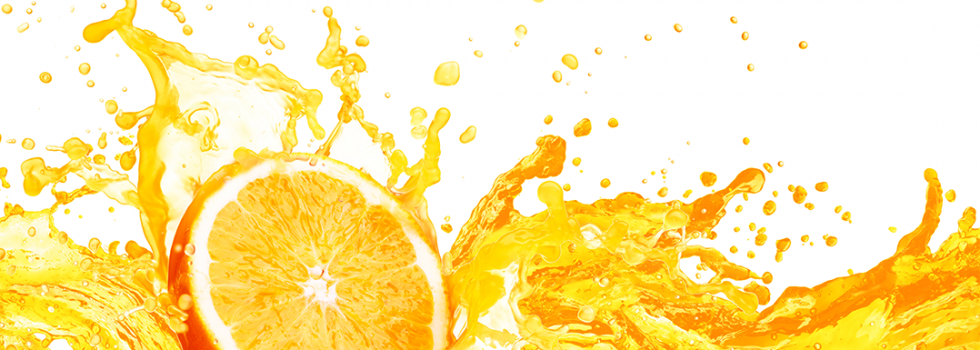Promotional Features
Supporting chronic wound healing: The benefits of specialized oral nutritional supplements
Wounds that fail to progress through the natural healing process become chronic, debilitating, and extremely difficult to treat.
Globally, the burden of chronic wounds ranks in the top 10 causes of disability.1 In April 2023, dsm-firmenich hosted a webinar to raise awareness of nutrition as an often-overlooked factor in optimizing the management of chronic wounds, a webinar, the key findings of which are explained below.
The rising incidence and healthcare burden of chronic wounds; including chronic diabetic foot ulcers
There are different types of wounds, categorized as either surgical or non-surgical. These include acute wounds which successfully heal, as well as chronic wounds that fail to heal due to continuous inflammation or persistent infections. Non-surgical chronic wounds, such as pressure injuries and diabetic foot ulcers, are extremely prevalent and difficult to treat.
Chronic diabetic wounds are an increasing concern for the healthcare industry, as diabetes is expected to rise by 46% from 537 million people in 2021, to 783 million people in 2045.1 In the US alone, one to three million people develop pressure ulcers each year and 60,000 die from pressure ulcer complications.2 Moreover, one in six diabetic patients are predicted to develop an ulcer during their lifetime, and chronic ulcers are the main reason for hospital admissions in this patient group.3
Chronic diabetic wounds negatively impact a patient’s quality of life.4 This can cause dangerous complications, such as the development of gangrene which can result in amputations –in some cases even death. The treatment and management of these chronic diabetic wounds also place a huge financial burden on healthcare systems. For context, the treatment of a single diabetic foot ulcer can range between USD $8,000 – $15,000 per patient.5
Nutritional management to support wound healing therefore presents a significant and much-needed therapeutic opportunity.
Malnutrition adversely effects wound healing
Wound healing is a complex process that requires an adequate balance of energy, carbohydrate, protein, fat, vitamins, and minerals.6 Therefore, it is unsurprising that malnutrition and specific micronutrient deficiencies impair the wound healing process.7 A large scale literature review examined the prevalence and consequence of hospital malnutrition in 11 Asian countries. This indicated that malnutrition is very common in Northeast and Southeast Asia, with 28-78% of critically ill patients and 57-99% of the elderly being malnourished.8
The missing link in wound healing: nutritional therapy
Nutrition plays a crucial part in the healing process of chronic wounds, especially when the patient is malnourished or living with a chronic disease like diabetes. While a balanced diet is important, specific nutrients are often required in amounts above the standard recommended daily intake levels to support optimal wound healing.
Key ingredients to support wound healing include:
1. Amino acids
Amino acids, specifically arginine and glutamine, have distinct roles in the wound healing process. There is substantial clinical evidence to indicate the important role of arginine in promoting wound strength and repair through protein synthesis, collagen deposition, immune response, and vascular function.6
One study showed promising results when patients with a range of wounds including diabetic foot ulcers, pressure ulcers and leg ulcers, were supplemented with arginine for up to 12 weeks. Within 2-12 weeks of supplementation, 31% of all ulcers completely healed. Carole Springett, dsm-firmenich’s Global Nutritional Scientist pointed out that of the wounds that healed, 40% were diabetic foot ulcers, which overall showed a 40-100% reduction in wound size.9
Another wound healing study with 35 healthy elderly adults indicated that a supplement containing arginine and glutamine enhanced collagen deposition and improved wound repair.10 Glutamine was also shown to be an important source of energy during the healing process.11
2. Vitamins
Vitamins have a notable role to play in wound healing. Vitamin D, for example, works together with protein and amino acids to build muscle.12 It also helps the immune system to fight infection and limit inflammation.12 As diabetic patients often have low levels of vitamin D, supplementing with this crucial vitamin can aid their recovery from diabetic foot ulcers.13, 14
Another vital vitamin for wound repair is vitamin C, as it supports the synthesis of collagen to connective tissue, helping knit the wound back together and promote healing.6 As vitamin C is not stored in the body, it is often in inadequate supply during times of high demand, such as wound healing.15 This presents the need for supplementation.
Vitamins K, A and E have also been shown to play distinct roles at different stages of the wound healing process:
- Vitamin K supports blood clotting 6, 15
- Vitamin A is required to maintain wound integrity and support the formation of new tissues via collagen formation 6, 15, 16
- Vitamin E plays a role in protecting cells from stress damage, which could help to reduce injury at the wound site 6, 15, 17
3. Minerals
Similar to amino acids and vitamins, certain minerals play specific roles at different points in the wound healing process:
- Zinc is crucial for protein synthesis, collagen formation, cell replication, immunity, and may promote cell repair 17, 18
- Calcium is involved in initiating blood clotting, collagen synthesis and skin cell formation, and is most effective when used with vitamin K 17, 19
- Selenium helps to regulate inflammation and protect cell membranes from stress damage 17, 20
The future of chronic wound treatment
Globally, there is an increased disability and financial burden from the exponential rise in diabetes and chronic wounds, which are exacerbated by malnutrition. The complex pathology in diabetic foot ulcers and chronic wounds make them extremely difficult to treat, leading to an urgent need to improve the treatment options available.
Specific nutrients have definitive functions to support the various stages of wound healing, and the potential benefits of implementing nutritional therapy into the treatment of chronic wounds go beyond health. It can help to improve the quality of life of millions of patients worldwide, plus play a part in relieving healthcare services of financial impacts caused by the need for treatment and associated complications of chronic wounds.
As such, nutritional therapy offers a significant opportunity to optimize the treatment of chronic wounds and should be considered and incorporated into treatment wherever possible.
Speaking at dsm-firmenich's webinar were: Dr. Mohammad Shukri Jahit, President of Parenteral and Enteral Nutrition Society Malaysia (PENSMA), and Carole Springett, dsm-firmenich Global Nutritional Scientist, Medical Nutrition.
Want to know more? Watch the full webinar here or download the whitepaper on nutritional management to support optimal wound healing.
References
1. Global prevalence of diabetes. (2021). IDF Diabetes Atlas – 10th Edition.
2. Zeller JL, Lynm C, Glass RM. (2006). JAMA patient page. Pressure ulcers. JAMA. 23;296(8):1020.
3. Boulton, A. J. M., Vileikyte, L., Ragnarson Tennvall, G. & Apelqvist, J. (2005). The global burden of diabetic foot disease. The Lancet366, 1719-1724.
4. Ma, L. et al. (2022). The perceptions of living with diabetic foot ulcers: A systematic review and meta-synthesis of qualitative studies. J Tissue Viability.
5. Hicks CW, Selvarajah S, Mathioudakis N, Sherman RE, Hines KF, Black JH 3rd, Abularrage CJ. (2016). Burden of Infected Diabetic Foot Ulcers on Hospital Admissions and Costs. Ann Vasc Surg. 33:149-58.
6. Arnold, M. & Barbul, A. (2006). Nutrition and wound healing. Plast. Reconstr. Surg. 117, 42s-58s.


